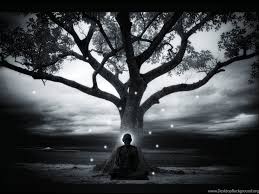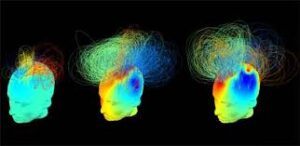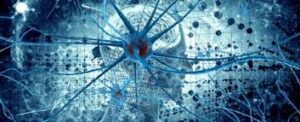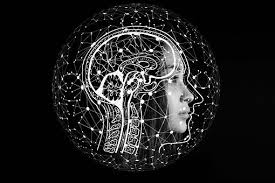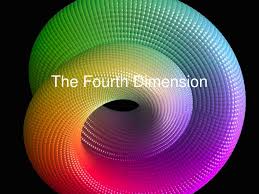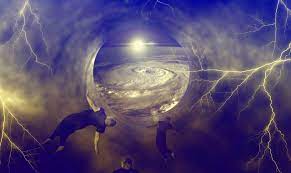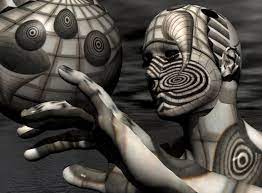Most of us that consciously question our beliefs will not have a hard time digesting this blog material. There are a few things in the blog material that are futuristic which I am able to talk about without going into too much detail and I don’t believe that is anything in there that is going to hurt anyone.

It will stimulate the blog readers to look at their system of beliefs and to question once again why they have them and to understand why it is important to love one another regardless of their chosen package, for that is all it is, a package or vehicle with which we are able to experience and communicate with each other. We have all taken it to the extreme though and distorted it into a false reality of a destructive nature.

The message throughout the Universe is love and cooperation with one another. We do it freely. It is only us humans who have a problem with it. This blog is material to try to stimulate us into conquering our fears and rethinking and realigning our beliefs. Mankind/womankind has continuously put obstacles in front of his/her own enlightenment over and over again but this is not entirely of his/her own doing. Again it comes back to the dark forces and the level of manipulation that they have attained.

If we look at it from the view of Beings of Light, who are in alignment with the will and divine purpose of the Creator and All That Is, we will begin to understand. There is so much more to experience in our world that would bring us into the light. Have you ever noticed how good we feel when we’ve given love to another unselfishly.

All of us could be walking around in a state of ecstasy of we chose to do so. There is no drug in our world as powerful as the soul’s love. That feeling is euphoric. Instead of subscribing to the fear-based dogma of all our institutions that we have created for ourselves, why not create the heavenly bliss of our soul’s true nature. We can do this. It is not impossible. It is a matter of redirecting our energies inward and bringing forth our soul-light. What has been created undone as we are all co-creators of our Universe.

Everyone can create ecstasy all the time, and when we do, we will not forget. Try it out on yourself. Do things for strangers. Give them money. Buy their groceries. Simple acts of kindness to others is a way to start feeling the joy that our soul came here to feel. Most often we are going to get a positive reaction from those that we express kindness to. For one, they’re not going to be expecting it.

And number two, when they get it, it’s going to change their attitude and they may pass that along to someone else and thus starts the curve of mankind and womankind learning to trust and to appreciate his/her fellow man/woman. We have oneself in such a rut where we don’t trust each other and it’s not entirely our fault because the negative forces have been at play ensuring that we fear each other, that we fear love, that we fear closeness, that we’ll be hurt, that we’ll be destroyed, that we’ll be tramped on, and so we must withdraw into our shell and hope that no one can touch us, no one can get into the hard little shell that we’ve encased oneself in and we go through life all wrapped up in a little cocoon trying to burst out, but each time we burst out we get bombarded with our fears and then we retreat back into our cocoon again. And we think, if I can just make it through I’ll be OK.

Humans are very open and willing to accept love if it’s given freely and unconditionally. They have a problem with the conditions, for they always feel that if a person does a kindness for them that there’s going to be a condition, there’s going to be an attachment. They are going to have to provide something of themselves that they are usually unwilling to do. This does not have to be so. We can move in the direction of love without expecting anything in return except for the joy that it gives our soul-you, to have given to another. That in itself is more reward that in anything else.

We must all learn to love each other while in the physical bodies of the third dimension while being exposed to the constant bombardment of the forces of dark. This is something we are supposed to master while in incarnation. It is soul’s purpose to reflect itself through its vehicle the body. When we have accomplished this, we move out of the physical body and into the etheric. We all Do love each other. When we are not in our dense physical bodies that are weighted down by the gravitational forces of the Earth and our spirit is freely moving about in our etheric body throughout the Universe in our dreams, we love each other. It’s just when we come back into the physical reality that we put up the roadblocks.

Earth is a school of hard knocks but it does not have to be so. It is our creation and it stems from our beliefs about who we are, a creation that we have willing subscribed to because we have handed over our power to others. We have not taken charge of our lives in a way that would allow for our evolution in a peaceful and harmonious way.

We could easily recreate Earth to be a paradise, a heaven so-called on Earth. It is totally within our capability to do so, yet most of us choose to cling to the fear and the terror and the negativity. The stimulation that we crave is right there at our fingertips, it does not have to come from negative dark thoughts. Thoughts and actions of love can produce the same results.

We have become addicted to the flow of our own adrenaline. But what we are trying to do is capture the feelings that are based on our love for each other and a oneness with All That Is, the feelings we have forgotten in our cosmic slumber that are now ready to awaken if we let them.
















